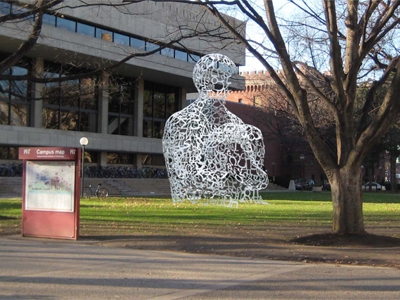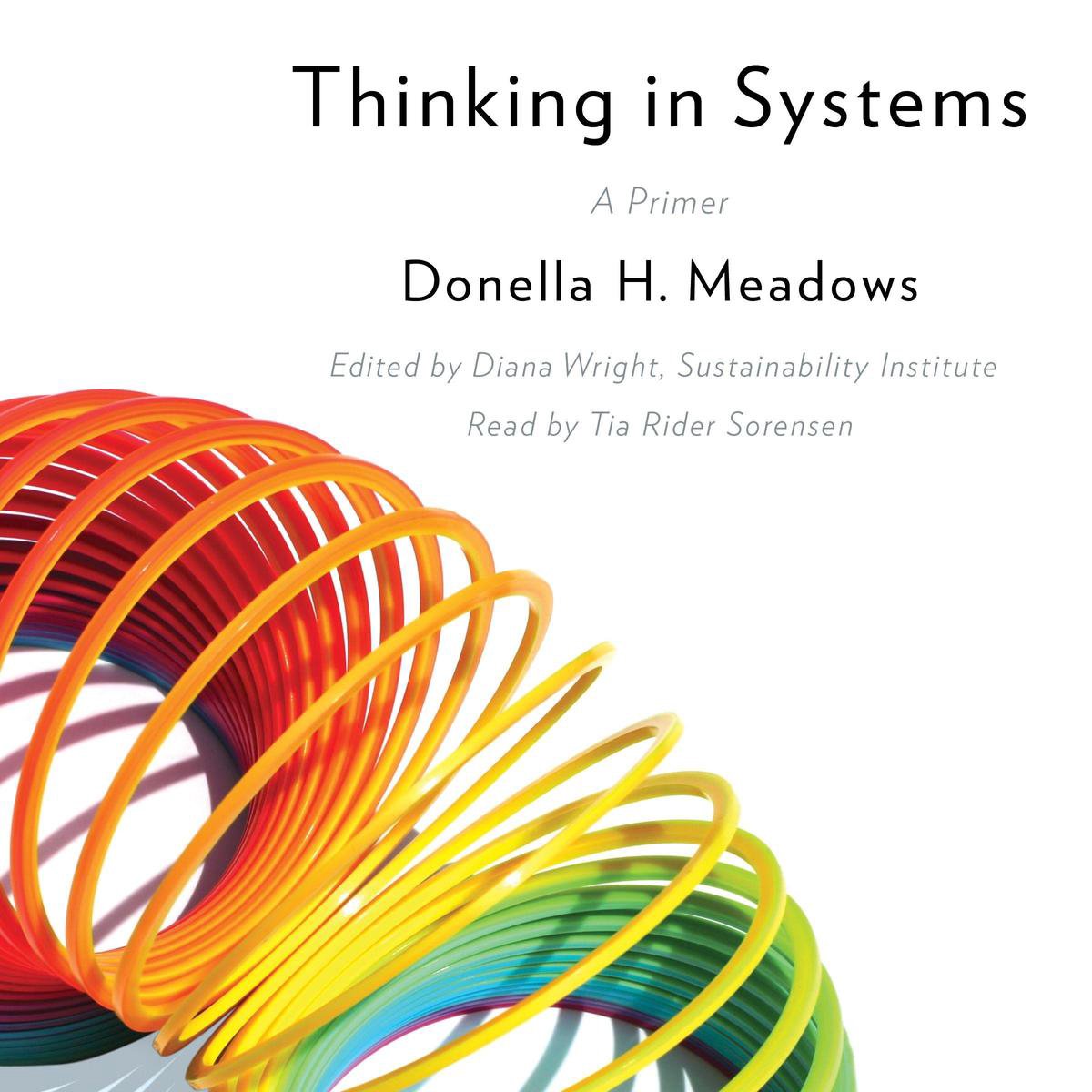

And if moral arguments are not sufficient, then systems thinking provides the practical reasons to back up the moral ones. There are moral reasons for doing that, of course. Living successfully in a world of complex systems means expanding not only time horizons and thought horizons above all it means expanding the horizons of caring. I'm going to repost all of rule 12 here, because it's excellent: Starting with the behavior of the system directs one’s thoughts to dynamic, not static analysis–not only to “what’swrong?” but also to “how did we get there?” and “what behavior modes are possible?” and “if we don’t change direction, where are we going to end up?” Not only that, but ignoring behavior will lead us to confirmation bias at best, and ignorance at worst. In rule 1, Meadows doubles down on her argument, reminding us that it's our job to observe a system's behavior before we interrupt. She goes on to lay out 13 rules for "dancing with systems" - all of which I love, though 1, 12, and 13 are probably my favorites: Meadows' primary argument is that people study systems thinking that doing so will allow them to "Make Systems Work." Sadly, that's not what really happens, because - as we all know - "systems can’t be controlled, but they can be designed and redesigned.” Instead of feeling disheartened by this, Meadows takes the optimistic view and says that we can (and I'd argue should) learn to dance with them.

This piece from Donella Meadows was recommended by Tom Critchlow (thanks!) and immediately drew me in. There's a lot more I could say about Pace Layers, but that's enough for now.

What are other examples of shocks to the system - for good or for bad? Would love to hear people's thoughts. Pushing on this made me wonder what are examples of simultaneous changes to two or more layers? Corporate reorganizations (or "reorgs") are arguably some of the most destructive things that happen within a company and often simultaneously impact multiple layers - governance, infrastructure, and commerce at a minimum (or process, tools, and communication if you'll let me inject my own layers). * (I don't want to call this mission or strategy, since it’s about the general orientation of the company - what you’re trying to do, in what industry/space, etc - so if you have suggestions, I’m all ears) If I was to map these pace layers out against an organization (and I'm sure that someone has and even more sure that one of you will point me towards it), V0.1 would probably look like: For us to move things forward, we had to not only have the discussion about the changes (governance and infrastructure), but make visible the differences in culture - and reconcile those. Successfully navigating this new world would require them to adapt - not just what tools they used and how they used them, but the way they viewed the role that the tools played overall, and their orientation to the system. Team B was less excited because their foundational (literally, the layer below governance here) way of being/acting in the organization was less compatible with these changes. In this organization, Team A was onboard and excited about the changes, because the new governance and infrastructure aligned to their world view and culture. What was less clear to me then, but pace layers helps explain, is that the biggest objections to these changes came from teams where there were differences in culture. I thought about a recent client project where my research identified a need to make changes in both governance and infrastructure. I love this framing and was immediately drawn to exploring where my own work has succeeded or failed through this lens.

It is precisely in the apparent contradictions of pace that civilization finds its surest health.” He goes on to note that the layers must respect the differences in pace and that change which works too suddenly can do critical damage to the system, and that “the total effect of the pace layers is that they provide many-leveled corrective, stabilizing negative feedback throughout the system.


 0 kommentar(er)
0 kommentar(er)
